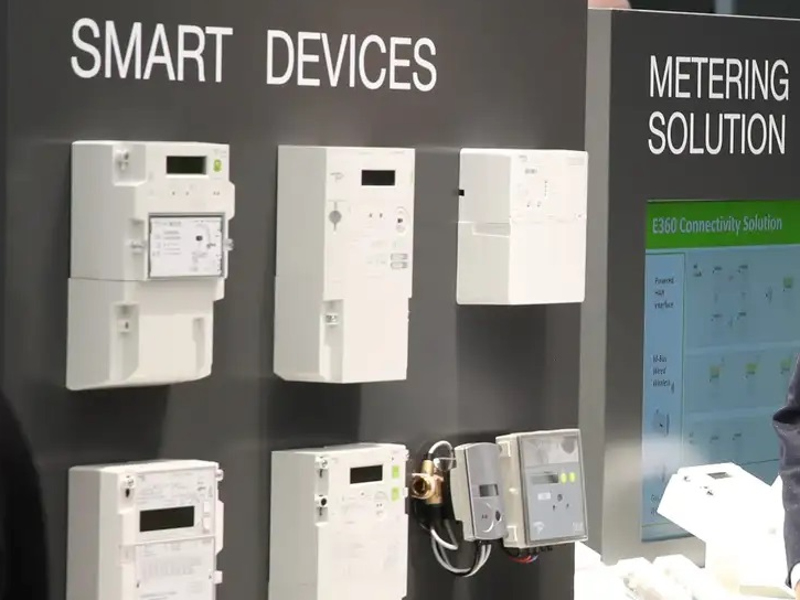Smart meter penetration in Europe is expected to reach 56% by year-end, Berg Insight has reported in its latest annual update.
 Image: Berg Insight
Image: Berg Insight
This corresponds to the deployment of about 9.2 million meters across the region, the EU27+3, during the year taking the total from 163 million units at the end of 2021 to over 172 million by the end of 2022.
With further growth at a CAGR of 5.8%, a total of 106 million smart electricity meters are forecast to be deployed across the region during 2022–2027, driven by large rollouts in the UK, Poland and eventually also Germany and Greece in combination with nationwide rollouts in several small- and mid-sized countries
With this, the installed base is projected to reach 74% penetration by 2027.
At the same time, Berg Insight projects the European smart gas metering market to increase its installed base of devices from 46 million units in 2021 to 76 million units in 2027, with annual deployments in the 5-6 million unit range.
Regional composition
Berg Insight also highlights that the composition of annual smart electricity shipment volumes is expected to change significantly over the coming years as rollouts in many markets in western and northern Europe are now either well-advanced or largely completed.
An ongoing trend that is spreading across Europe is second-generation smart metering deployments in countries such as Italy, the Nordics, Spain and the Netherlands. Indeed, replacements of first-generation smart metering equipment are expected to account for nearly a third of the cumulative device shipments until 2027.
In terms of first-generation projects, the 10 fastest growing market during 2022–2027 will all be in central and south Eastern Europe. This continues the ongoing shift away from the Western European markets that historically have been the centre of attention of the European smart metering market throughout the past decade.
Another ongoing trend is the change related to communications technologies being used for data exchange with the utility back office, with the wide range of increasingly sophisticated options available. Berg Insight estimates that standalone wireless connectivity options will grow their annual share of smart electricity meter shipment volumes from 33% in 2021 to 57% in 2027.
Much of this growth will be attributable to the rise of 3GPP-based LPWA connectivity services, which have become available in most European markets in the past couple of years and is set to be the fastest growing through 2027.
With this annual European shipments of NB-IoT and LTE-M smart electricity meters are forecast to grow at a CAGR of 18% during 2021–2027, from 1.4 million units in 2021 to 3.7 million in 2027.
